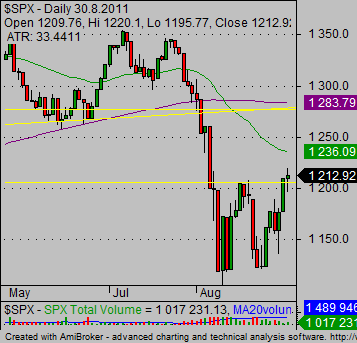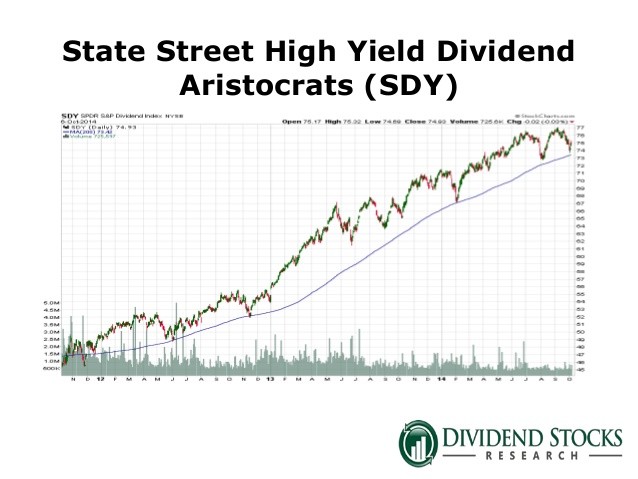How To Pick The Best ETF
Post on: 28 Апрель, 2015 No Comment

Exchange-traded funds (ETFs) have come a long way since the first U.S. fund, Standard & Poor’s Depositary Receipts, better known as spiders. was launched in 1993. This ETF tracks the S&P 500 and its popularity with investors led to the introduction of ETFs based on other benchmark U.S. equity indexes, such as the Dow Jones Industrial Average and the Nasdaq 100.
From their early beginnings as equity-index trackers, ETFs have grown to encompass a huge array of investment choices, but they aren’t all equal in quality. In fact, the flip side to the phenomenal growth in ETFs is that it increases the risk that some of them will be liquidated. primarily due to lack of investor interest. How can you find a profitable ETF to fit your portfolio? Read on to find out. (For related reading, see ETFs: How Did We Live Without Them ? )
Wide Selection of ETFs
The wide array of choices in ETFs includes ETFs based on U.S. and international equity indexes and subindexes, bonds. commodities and futures. as well as ETFs based on investing style (value, growth or a combination) and market capitalization. According to a 2009 report by State Street Global Advisors, as of December 2009 there were as many as 819 ETFs listed on U.S. exchanges, with combined assets of $782 billion. Estimates suggest there are over $1,000 billion in combined assets and over 1000 ETF’s in 2011.
Competition Among ETFs
The ETF market has become an intensely competitive environment. In a bid to differentiate themselves from the competition, some ETF issuers have developed products that are either very specific in focus or are based on an investment trend that may be short lived.
An example of a niche ETF is the HealthShares Autoimmune-Inflammation ETF. This esoteric ETF tracks an index of U.S. and foreign publicly traded companies that are involved in the clinical research and development of treatments for autoimmune/inflammatory diseases, such as arthritis, multiple sclerosis and psoriasis.
As for ETFs that are based on hot investment trends, consider the growing number of ETFs based on alternative energy sources such as wind or solar power. As oil prices inch their way back up from the lows in 2008, it makes alternative energy sources more appealing. (If you’re an investor who likes to understand how and why your investment products work, read An Inside Look At ETF Construction .
Picking the Right ETF
Given the bewildering number of ETF choices that investors now have to contend with, it would be appropriate to consider the following factors when selecting an ETF:
Level of Assets . To be considered a viable investment choice, an ETF should have a minimum level of assets, a common threshold being at least $10 million. An ETF with assets below this threshold is likely to have a limited degree of investor interest. As with a stock, limited investor interest translates into poor liquidity and wide spreads.
Trading Activity . An investor needs to check if the ETF that is being considered, trades in sufficient volume on a daily basis. Trading volume in the most popular ETFs runs into millions of shares daily; on the other hand, some ETFs barely trade at all. Trading volume is an excellent indicator of liquidity, regardless of the asset class. Generally speaking, the higher the trading volume for an ETF, the more liquid it is likely to be and the tighter the bid-ask spread. These are especially important considerations when it is time to exit the ETF. (For related reading, see Diving In To Financial Liquidity .)
Underlying Index or Asset . Consider the underlying index or asset class on which the ETF is based. From the point of view of diversification. it may be preferable to invest in an ETF that is based on a broad, widely followed index, rather than an obscure index that has a narrow industry or geographic focus.
Tracking Error . While most ETFs track their underlying indexes closely, some do not track them as closely as they should. All else being equal, an ETF with minimal tracking error is preferable to one with a greater degree of error.

Market Position . First-mover advantage is important in the ETF world, because the first ETF issuer for a particular sector has a decent probability of garnering the lion’s share of assets, before others jump on the bandwagon. It is therefore prudent to avoid ETFs that are mere imitations of an original idea, because they may not differentiate themselves from their rivals and attract investors’ assets. (To learn more, read 3 Steps To A Profitable ETF Portfolio and Active Vs. Passive Investing In ETFs .)
ETF Liquidations
The closing, or liquidation, of an ETF is usually an orderly process. The ETF issuer will notify investors, generally three to four weeks in advance, about the date when the ETF will stop trading. That said, an investor with a position in an ETF that is being liquidated still has to decide on the best course of action in order to protect his or her investment. Essentially, the investor has to make one of the following choices:
Sell the ETF shares before the stop trading date . This is a proactive approach that may be suitable in cases where the investor believes that there is a significant risk of a substantial near-term decline in the ETF. In such cases, the investor may be willing to overlook the wide bid-ask spreads that are likely to be prevalent for the ETF, due to its limited liquidity.
Hold on to the ETF shares until liquidation . This alternative may be suitable if the ETF is invested in a sector that is not volatile and the downside risk is minimal. The investor may have to wait a couple of weeks for the issuer to complete the process of selling the securities held within the ETF, and distributing the net proceeds after expenses. Holding on for the liquidated value eliminates the issue of the bid-ask spread.
Regardless of the course of action, the investor will have to contend with the issue of taxes arising from the liquidation of the ETF investment. For example, if the ETF was held in a taxable account, the investor will be responsible for paying taxes on any capital gains.
The Bottom Line
When selecting an ETF, investors should consider factors such as its level of assets, trading volume and underlying index. In the event that an ETF is to be liquidated, an investor has to decide whether to sell the ETF shares before it stops trading or wait until the liquidation process is completed, with due consideration given to the tax aspects of the ETF sale. For further reading, see Mutual Fund Or ETF: Which Is Right For You? . Exchange-Traded Notes — An Alternative To ETFs and Sharpen Your Portfolio With Intelligent ETFs .














